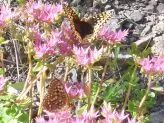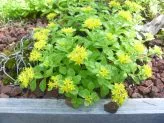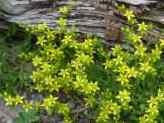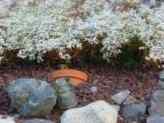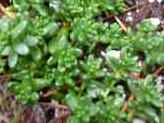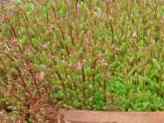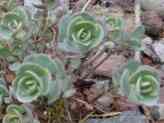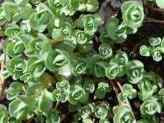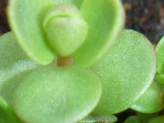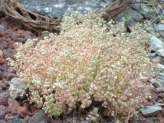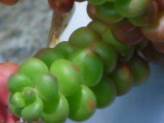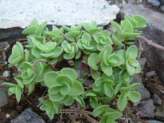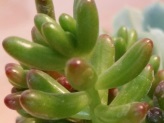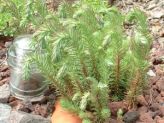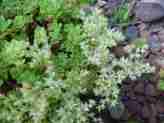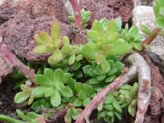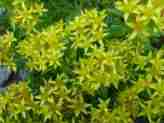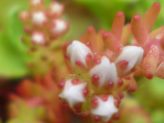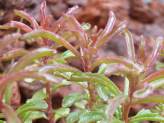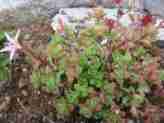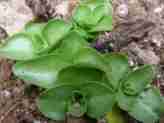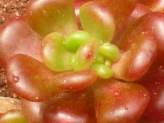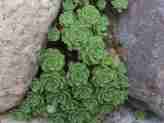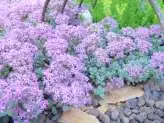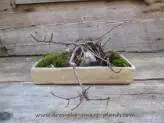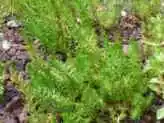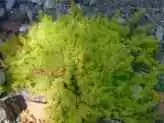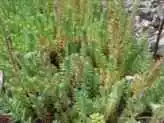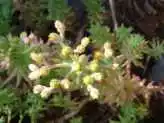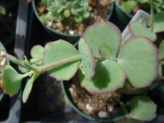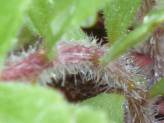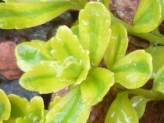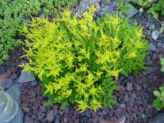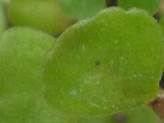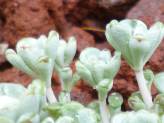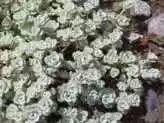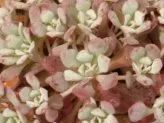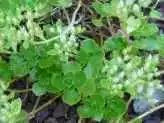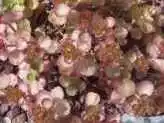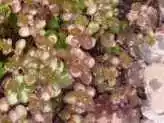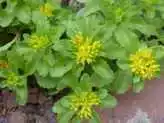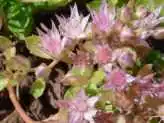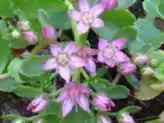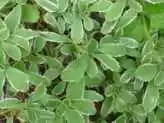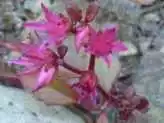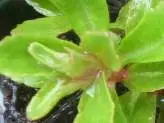Find Your Favorite Stonecrop Varieties & Species Here
There are so many species and varieties of Sedum to choose from to add to your garden; from short and compact, to taller and with extended flowering times, to robust and reliable border performers.
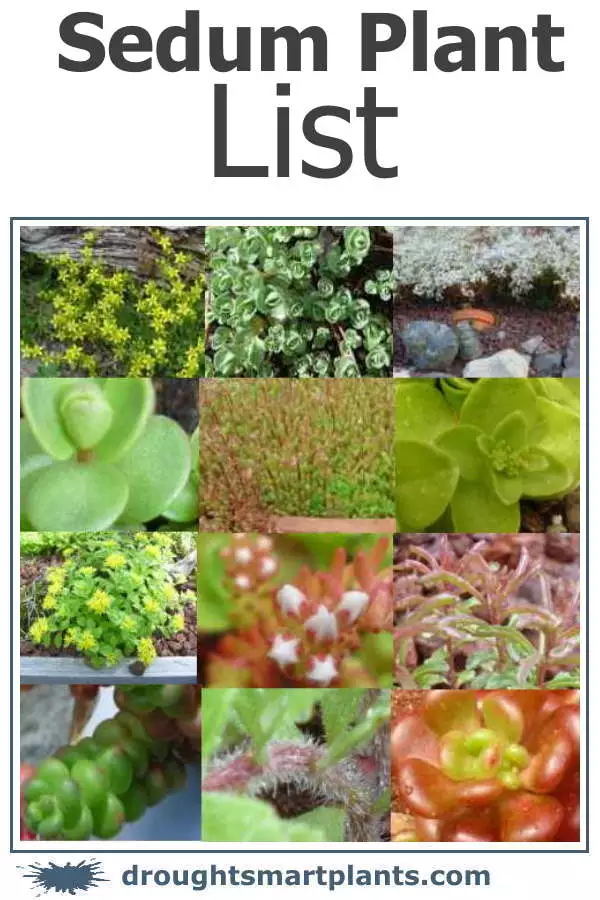
These drought tolerant and pollinator attracting plants add bright foliage color, textural carpets of flowers, erosion control with their complete coverage, and hardiness.
There are many different forms; some are creeping stonecrops, known for their ability to cover the ground.
The leaves in general are a bit puffy and thicker than other plants, so they can retain moisture in a drought. Often, they are arranged in a spiral up the stem. In those types that sprawl, they will produce roots from where the stem touches the ground, and sometimes even just in the air.
Other species and varieties are taller and more robust, perfect for the border and to add impact planted in large drifts with other drought tolerant perennials in the New American landscape style.
Many of these underwent a name change, and may also be known as Hylotelphium. Some common names are ‘orpine’ and ‘live-forever’.
Hylotelephium means ‘woodland distant lover’ – which could inform the gardener that they like a woodland from a distance – these plants don’t like full shade, although they will appreciate dappled or light shade during the hottest parts of the year.
These plants survive challenging and changing conditions with ease; there is very little that can set these plants back.
Stonecrop (yet another name for Sedum) in general don’t have much in the way of pests except the odd outbreak of aphids, generally taken care of without any input from you by ladybugs.
They don’t need watering, except when just getting established, and they keep going as long as they are given full sun and benign neglect.
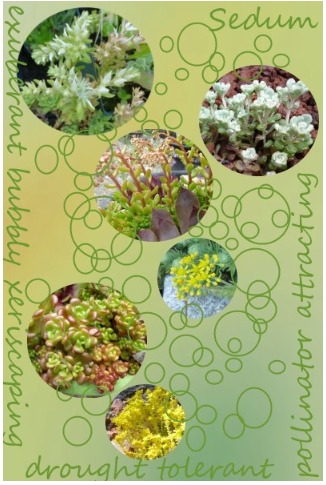
Sedum stonecrop are drought tolerant, bubbly and exuberant xeriscaping plants; they attract pollinators, flower in the most gorgeous array of colors, and act as though lack of water doesn’t exist…add these great garden plants to your garden this year; they’re the gift that keeps on giving.
Don’t miss these pages about different groups here:
Sedum for Containers such as Sedum dasyphyllum and Sedum hispanicum which are suitable for miniature landscapes, small rock gardens, troughs or mixed planters. Other great choices are Sedum lydium, Sedum spurium varieties, S. niveum and S. pluricaule.
Use these special drought resistant plants in your containers to ensure you have a beautiful yet low maintenance display.
Sedum for Groundcovers such as the well behaved Sedum spurium ‘John Creech’, Sedum reflexum ‘Angelina’ or ‘Blue Spruce’ – many are magnets for butterflies and bees who flock to the nectar and pollen through the summer months.
Green Roof Sedum recommended extensively for green roofs such as many kinds of Sedum spurium and Sedum album.
The colors of the flowers range from white, to pink to bright sunny yellow; combine, or plant in masses of all the same color for eye popping impact.
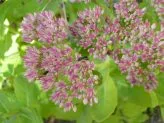
Sedum for Borders – taller varieties for use in the perennial border such as Sedum spectabile ‘Autumn Joy’ can be found on this page. Special new varieties such as the hybrids Sedum x ‘Twilight’ and ‘Olive’ will wow your friends.
All Sedum varieties and species have the same requirements for full sun exposure and fast draining soil and are hardy to zone 5a or colder on the Canadian Zone map.
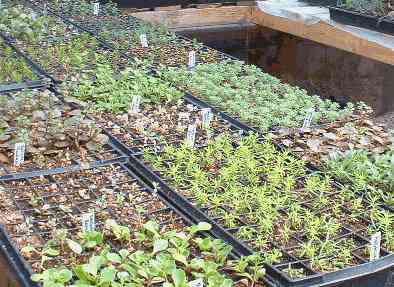
Sedum Plug Production in the Greenhouse
Sedum plug production in the greenhouse during the summer. These are 72 cell plug trays. Each cell is about one inch square and one inch deep. As you can imagine, the plants are only happy in a teaspoon of soil for a short time.
Sedum Plant Profiles – click on the picture to see more about each species or variety:
These plants are very easy to propagate; just cut a few stems and stick the ends in the ground where you want them to grow. See more about how to plant Sedum cuttings.
In a few weeks, they’ll be busy growing roots, and in the following spring you’ll see lots of new growth emerging from the crowns. Some are semi-deciduous, and lose some or all of their leaves.


